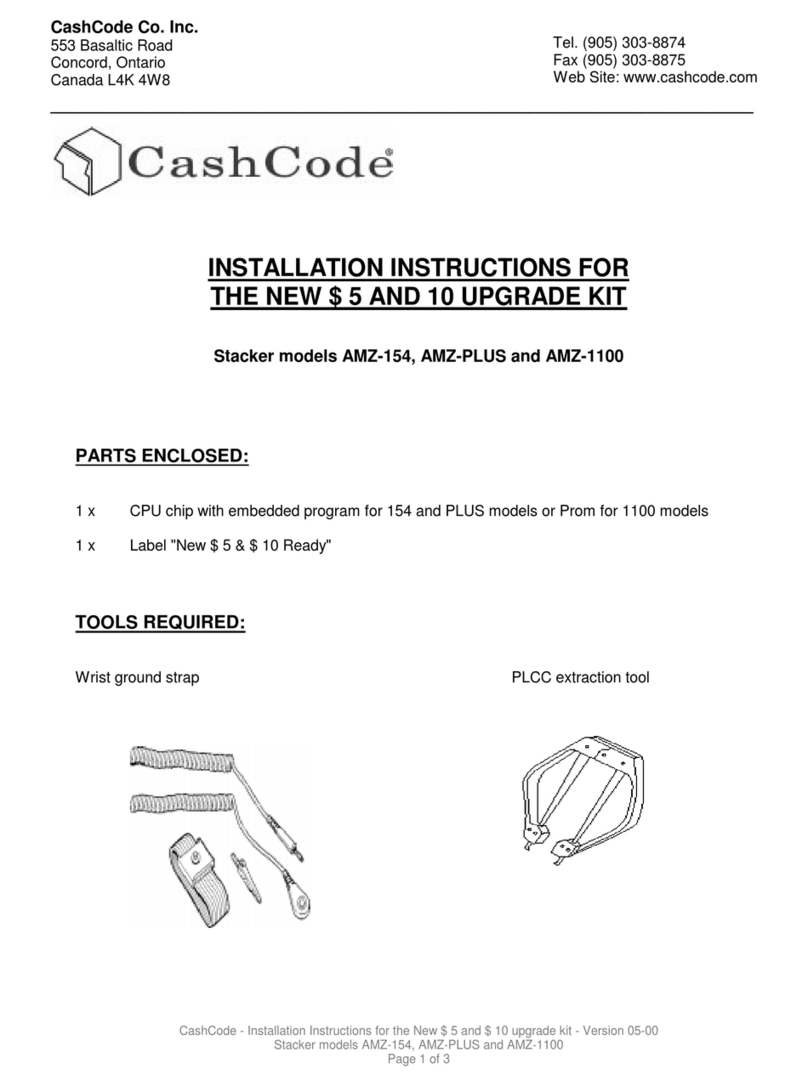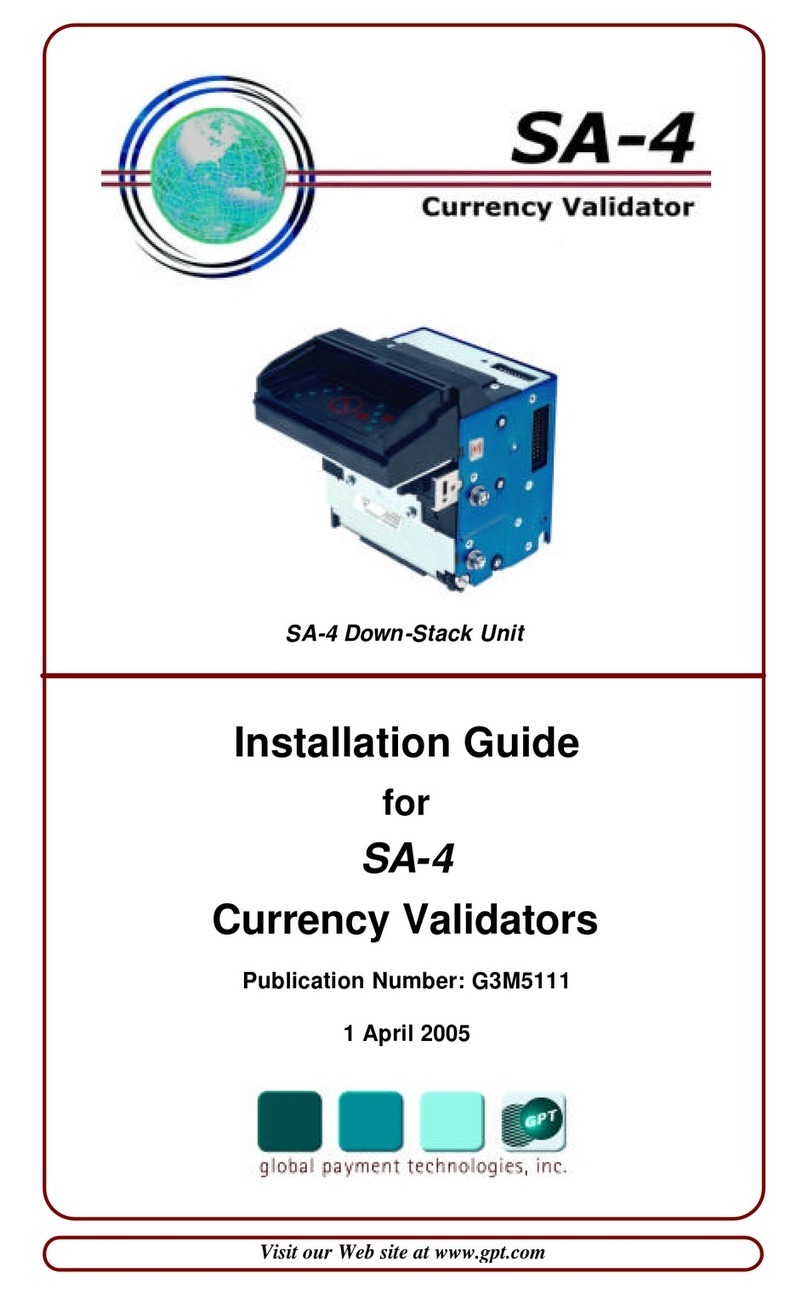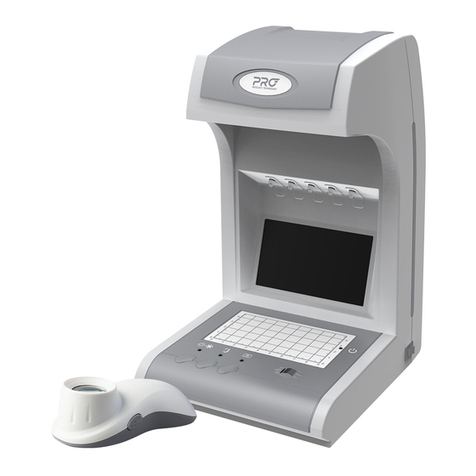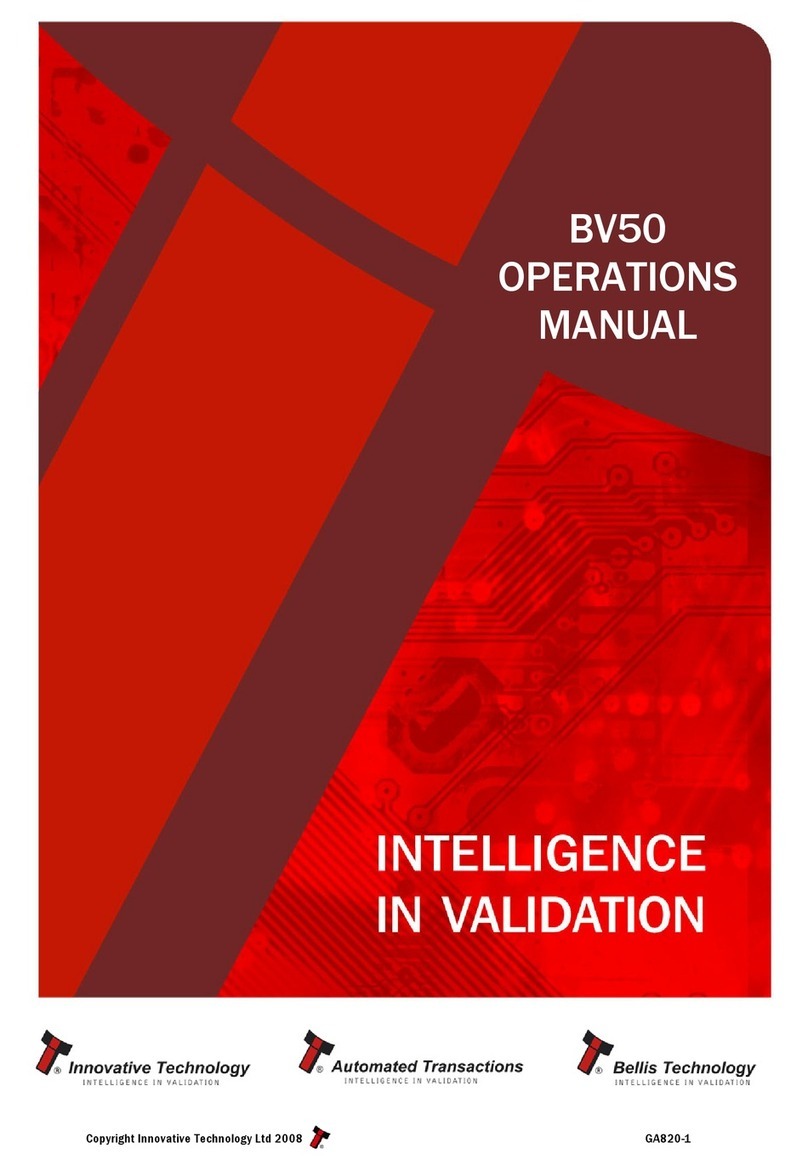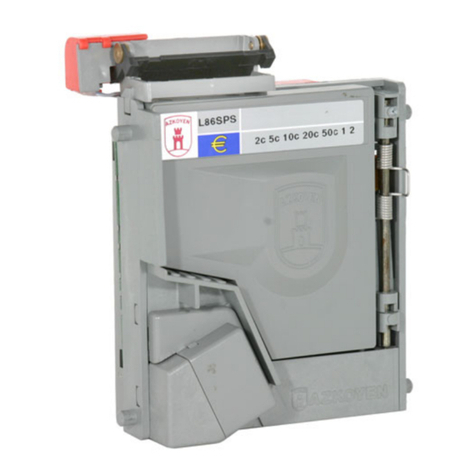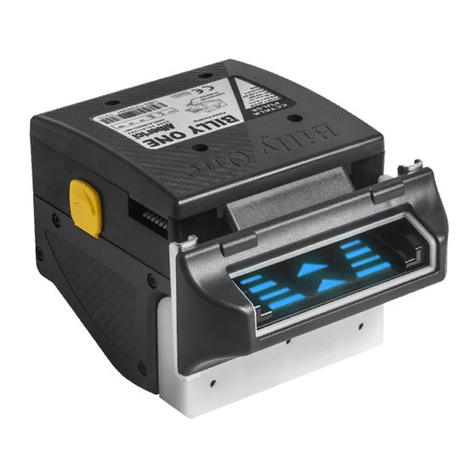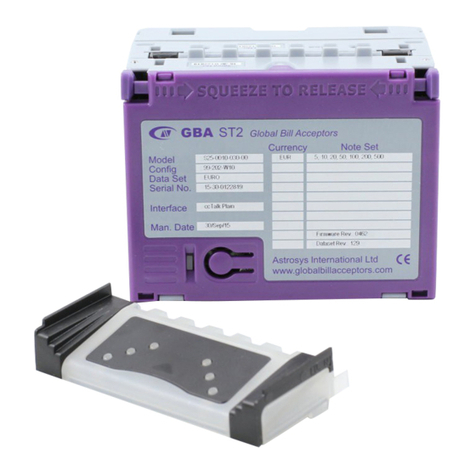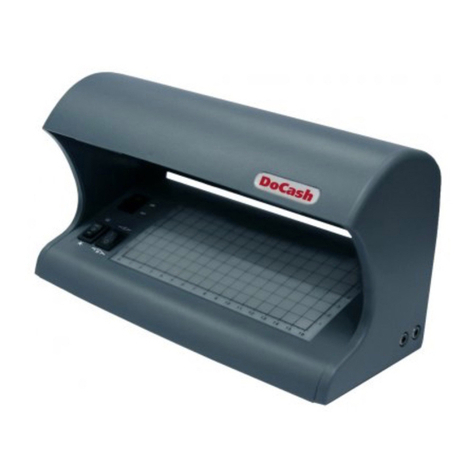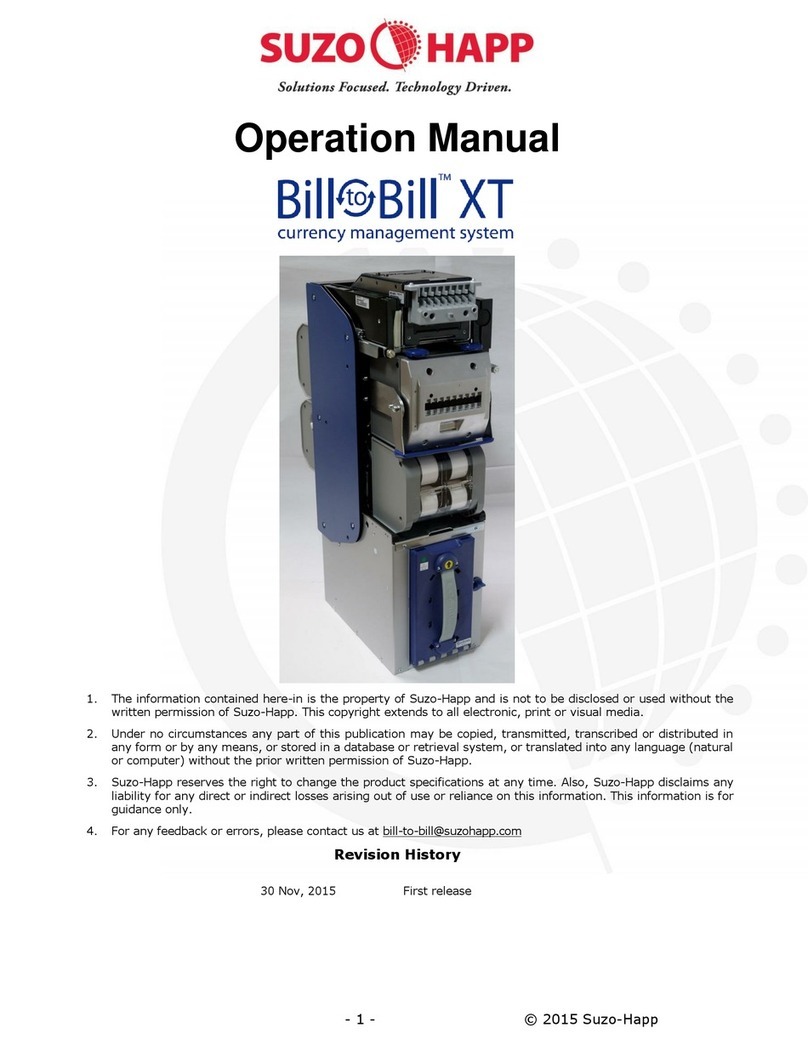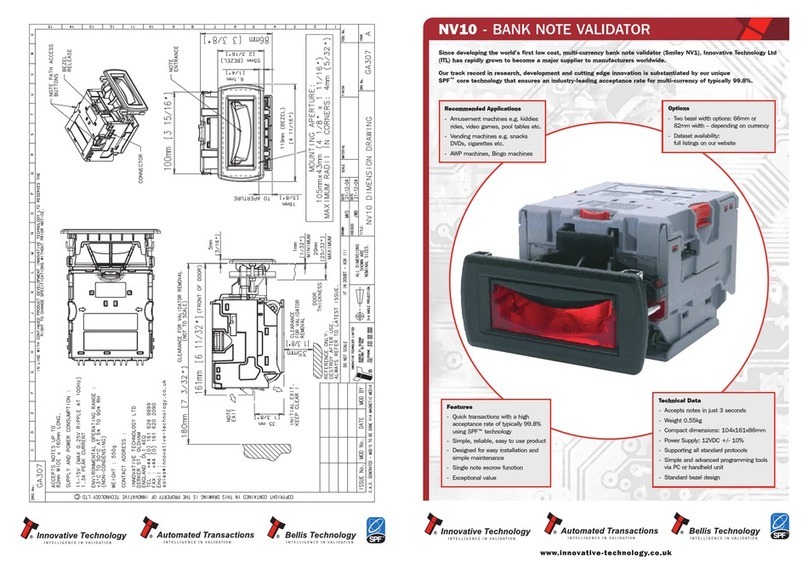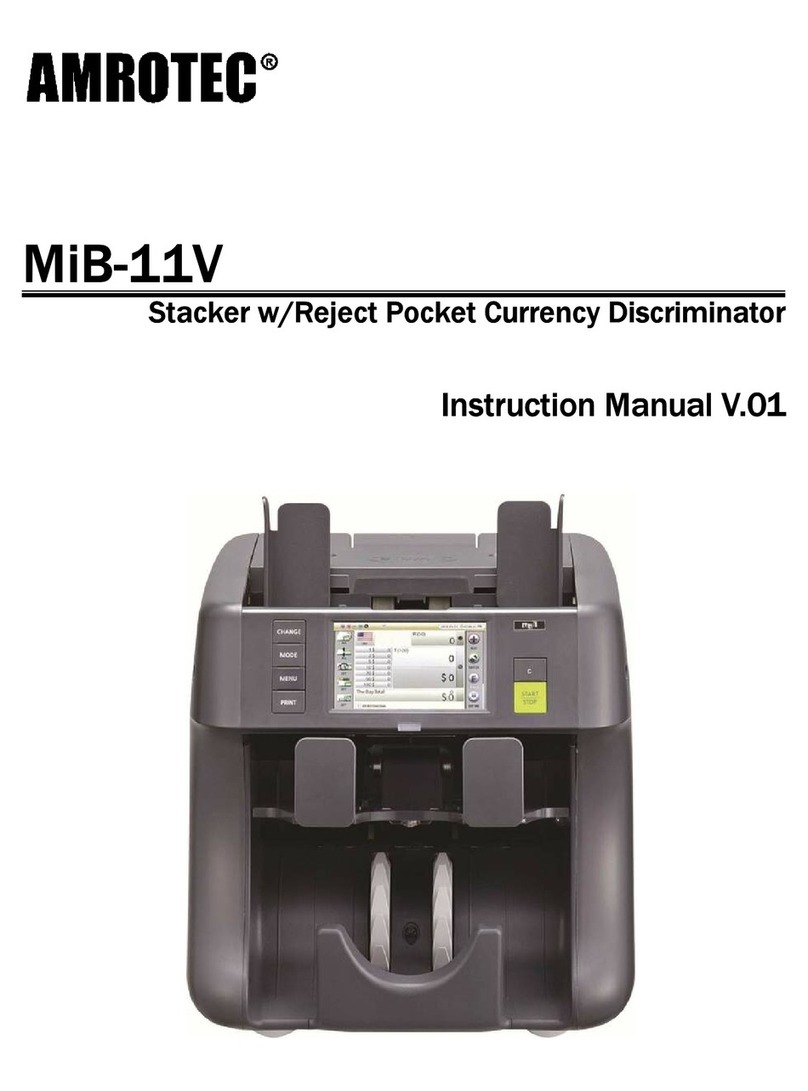
Contents
CONTENTS
1BASIC SAFETY INSTRUCTIONS..................................................................................4
1.1 Laser safety.....................................................................................................................4
1.2 Laser shutter ...................................................................................................................4
1.3 Signs................................................................................................................................4
1.4 Classification of laser devices.........................................................................................5
1.5 Laser area.......................................................................................................................6
1.6 Special hazards caused by mirrors made of beryllium ...................................................7
1.7 Special hazards caused by lenses made of zinc selenide..............................................7
2BASIC INFORMATION...................................................................................................8
2.1 Introduction......................................................................................................................8
2.2 Intended use....................................................................................................................8
2.3 Package contents............................................................................................................8
2.4 Module overview .............................................................................................................9
2.5 Warranty........................................................................................................................10
2.6 Manufacturer.................................................................................................................10
2.7 Customer support..........................................................................................................10
2.8 Status LEDs ..................................................................................................................11
3TECHNICAL DATA.......................................................................................................12
3.1 Rating plate code ..........................................................................................................12
3.1.1 Primary Name ...............................................................................................................12
3.1.2 Detailed Description......................................................................................................13
3.2 Conformity with directives .............................................................................................13
4FUNCTIONAL DESCRIPTION .....................................................................................14
4.1 Laser beam deflection unit............................................................................................14
4.2 F-Theta lens..................................................................................................................15
4.3 Digital interface..............................................................................................................16
4.4 Power supply.................................................................................................................17
5INSTALLATION............................................................................................................18
6MAINTENANCE AND CLEANING...............................................................................19
6.1 Cleaning the housing.....................................................................................................19
6.2 Cleaning the optical system ..........................................................................................19
6.2.1 Instructions for cleaning lenses and protective glasses................................................20
6.2.2 Instructions for cleaning mirrors....................................................................................20
6.2.3 Special notes for mirrors made of beryllium and lenses made of zinc selenide...........21
7TROUBLESHOOTING..................................................................................................22
8DISPOSAL....................................................................................................................23
MN065_v1.0.1 2-Axis Laser Beam Deflection Unit SS-II 3
